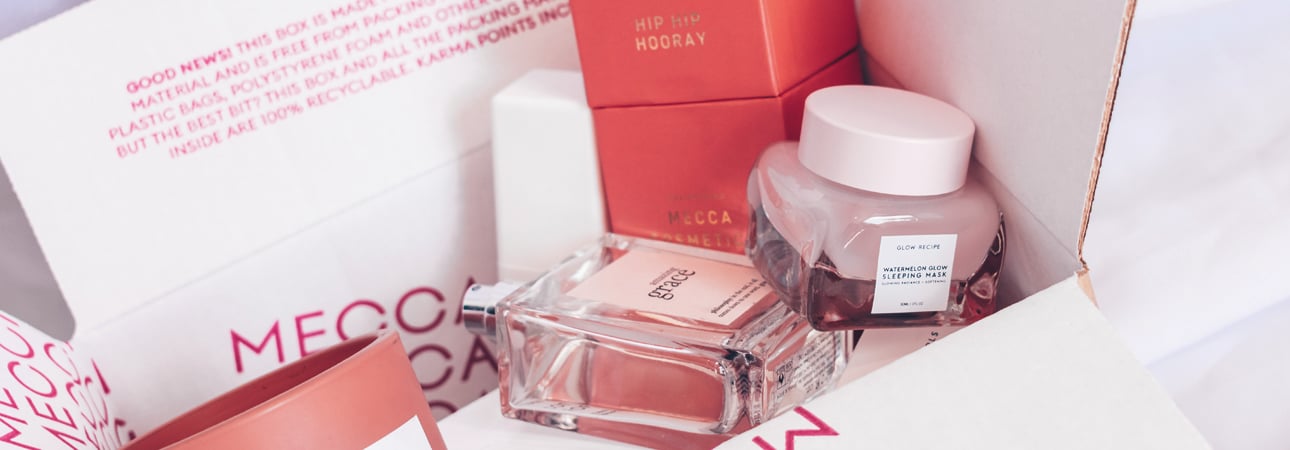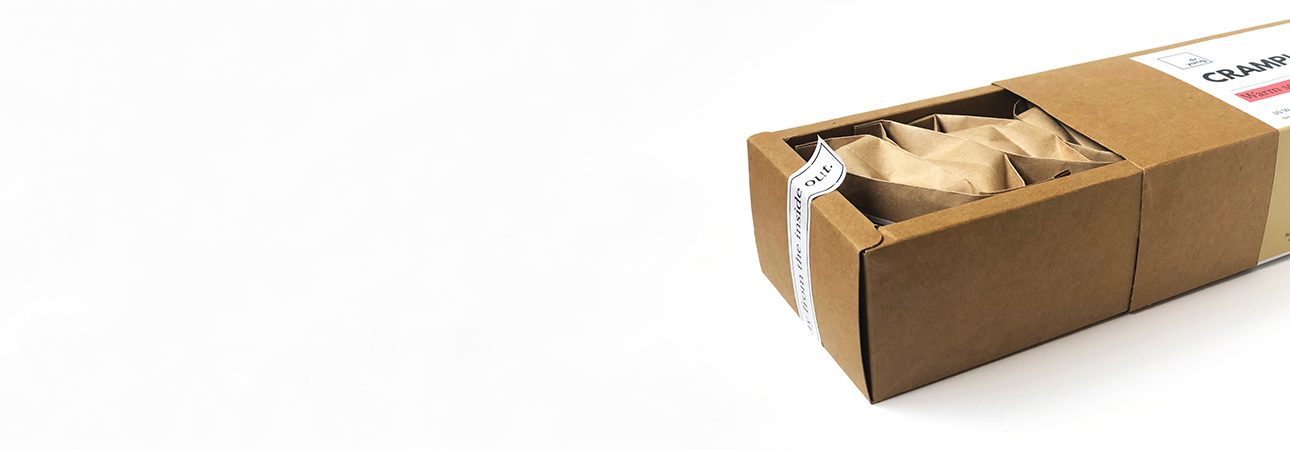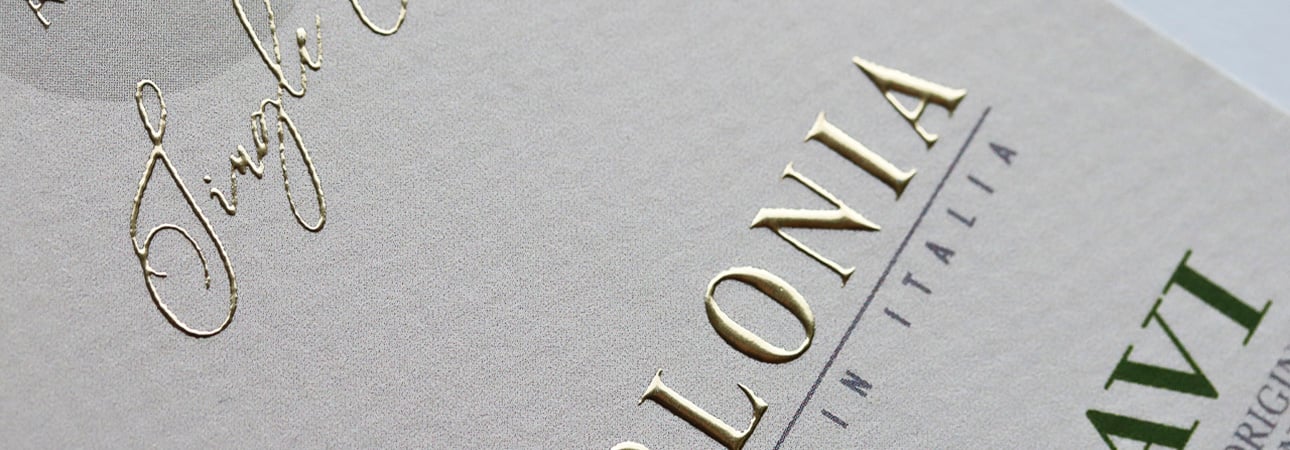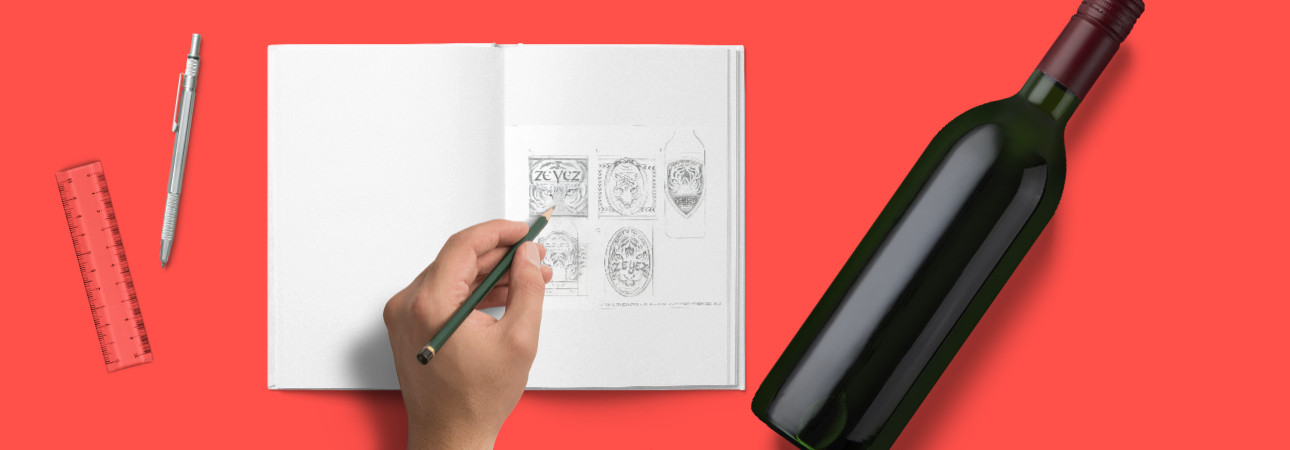Did you like the article? Share it!
What is a TIFF file?

TIFF stands for Tagged Image File Format. This file format is specifically meant for graphics for Macintosh and Personal Computer (PC) systems. TIFF was developed in the year 1986 by Aldus Corporation, which is now part of Adobe Inc. It was developed with the only purpose to store high-resolution images in color, gray-scale and bitmap mode. Primarily TIFF was developed for scanning purposes, because high-resolution scanned images are required for myriads of purposes.
TIFF are useful in many situations, for instance: scanning, word processing, image manipulation, image editing, optical character recognition, and desktop publishing applications, to name a few. TIFF is identified with a .tiff or .tif suffix in the filename. There are myriads of reasons graphic designers use TIFF format. Here are some of the benefits of using TIFF format for your printed labels and packaging:
1. Higher Resolution
The TIFF is a high resolution image file, which helps greatly in printed labels and packaging. TIFF format allows you to have high resolution images, which is a primary requirement for good quality printed labels and packaging. If the image or printed label that you use on your product are of poor resolution, they will make your products also look poor in quality. Remember, this will impact your business and brand drastically. Using TIFF format will help you have high resolution printed labels that will definitely impact your business for the good.
2. Lossless Compression
Another wonderful advantage of using TIFF format is - lossless compression. This means even when you compress or make your picture small in size, the quality of picture will remain the same. Unlike other standard formats in which compression results in loss of quality or resolution, TIFF files remain the same. TIFF uses lossless compression, and maintains original quality even when the file is reduced in size.
3. Safest Format
The TIFF is one of the safest image file formats available on the internet. It provides you with amazing safety features, which is a MUST for your printed labels and packaging. The most important security benefit that TIFF offers is the transparent data of every TIFF image file. This means it allows you to evaluate the information about the photo before you open it. Also, TIFF format averts any chance of a virus hiding in the file. In addition to this, transparency of a file also helps you save a lot of time in the process.
4. Compatible with Most Software
Another major advantage that a TIFF file provides its users is it is compatible with the most popular operating systems and software. This means you can edit a TIFF file using the most popular image editing software available on the internet. Believe it or not, all major operating systems, like Windows and MacOs have built-in TIFF viewers. You don’t need to convert the TIFF file before sending it to someone, you can send TIFF files to anybody as the recipient would be able to view it. This saves a lot of time and effort that you will put in converting files otherwise.
TIFF is a unique format that you can use for your printed labels and packaging for the best results. It is common to save data in CMYK color space which is used in printing. Remember, using the right format for your printed labels will help you save a lot of time and efforts. With the right labels, you would be able to promote your brand the right way! If You need help with the files of your labels, contact us and the team of professional graphic designers of Oppaca will be happy to help!
Next





